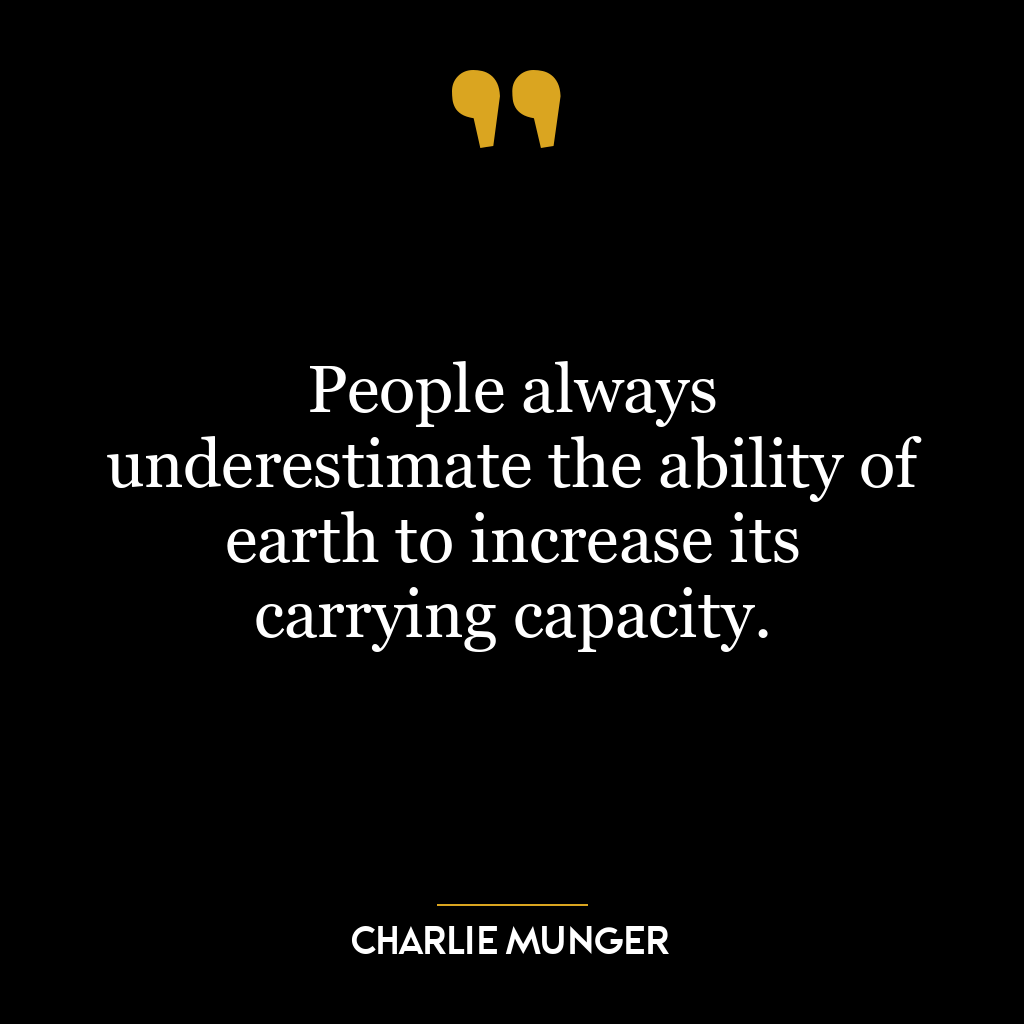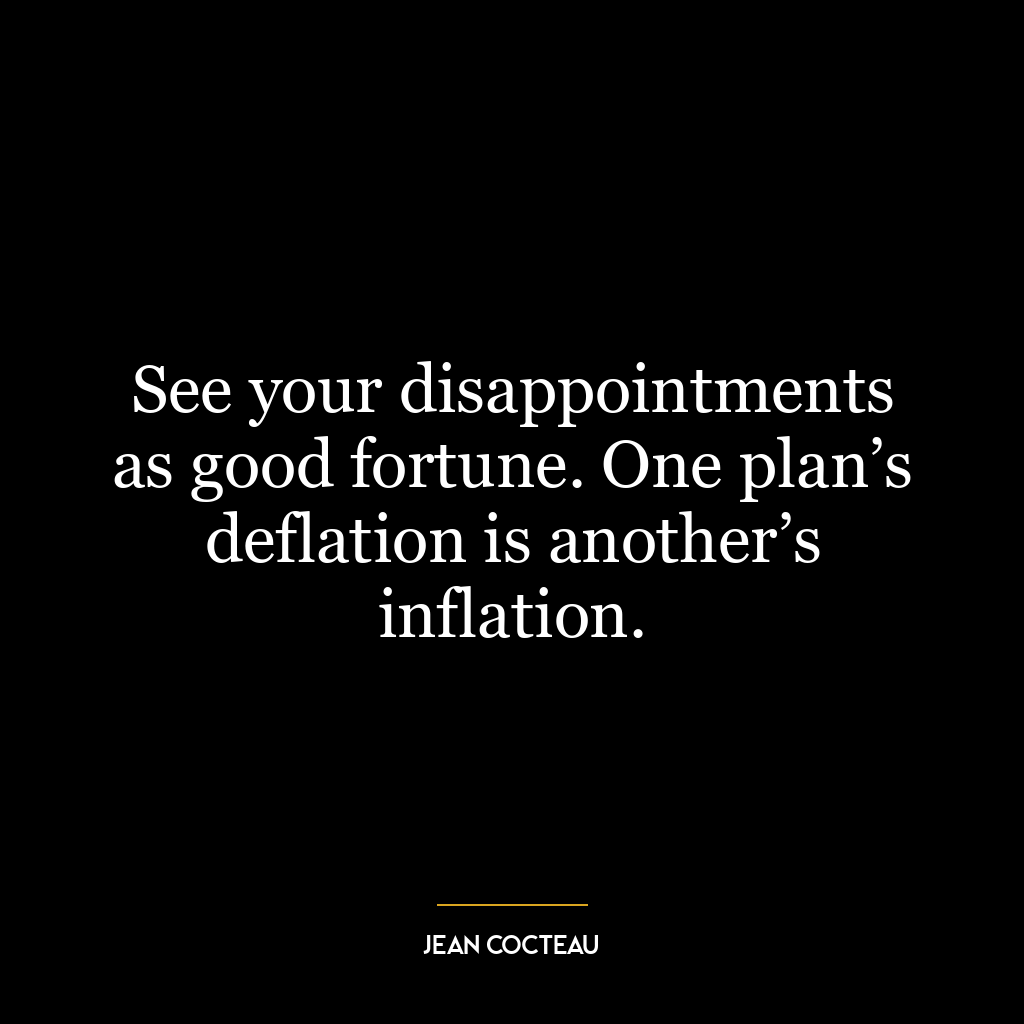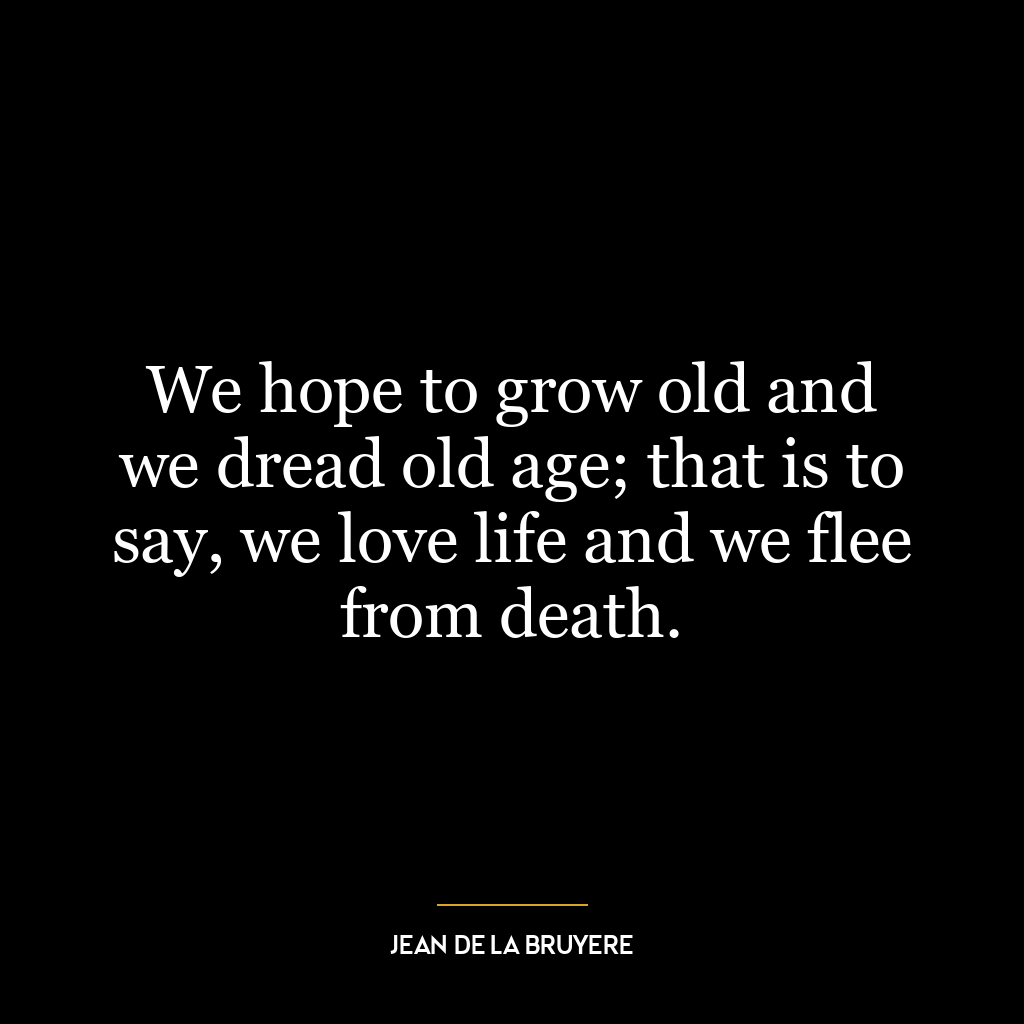We can see a man smiling without legs or without hands, but we can’t see a man smiling without hope!
This quote illuminates the significance of hope in human life by comparing it to physical disabilities. It suggests that a person can still find happiness and reasons to smile despite having physical limitations, such as missing limbs. However, if a person lacks hope, the ability to smile or experience joy becomes challenging.
The underlying message is that our emotional and mental state has a more profound impact on our sense of well-being than our physical state. Hope is portrayed as an essential component of resilience and positivity which fuels the human spirit to overcome adversity.
In today’s world, this idea holds great relevance considering how mental health issues are increasingly recognized as significant contributors to overall well-being. Despite living in an era marked by technological advancements and material comforts, many people struggle with feelings of despair or hopelessness which often overshadow their physical well-being.
Applying this concept in personal development involves fostering a mindset that values optimism and future-oriented thinking. It encourages us not only to focus on overcoming tangible obstacles but also pay attention to intangible factors like hopefulness, motivation, and positive outlook towards life.
In essence, this quote emphasizes cultivating emotional resilience as much as we work on improving our physical conditions or circumstances. The real strength lies not just in overcoming visible challenges but also conquering those invisible battles within us – maintaining hope being paramount among them.















